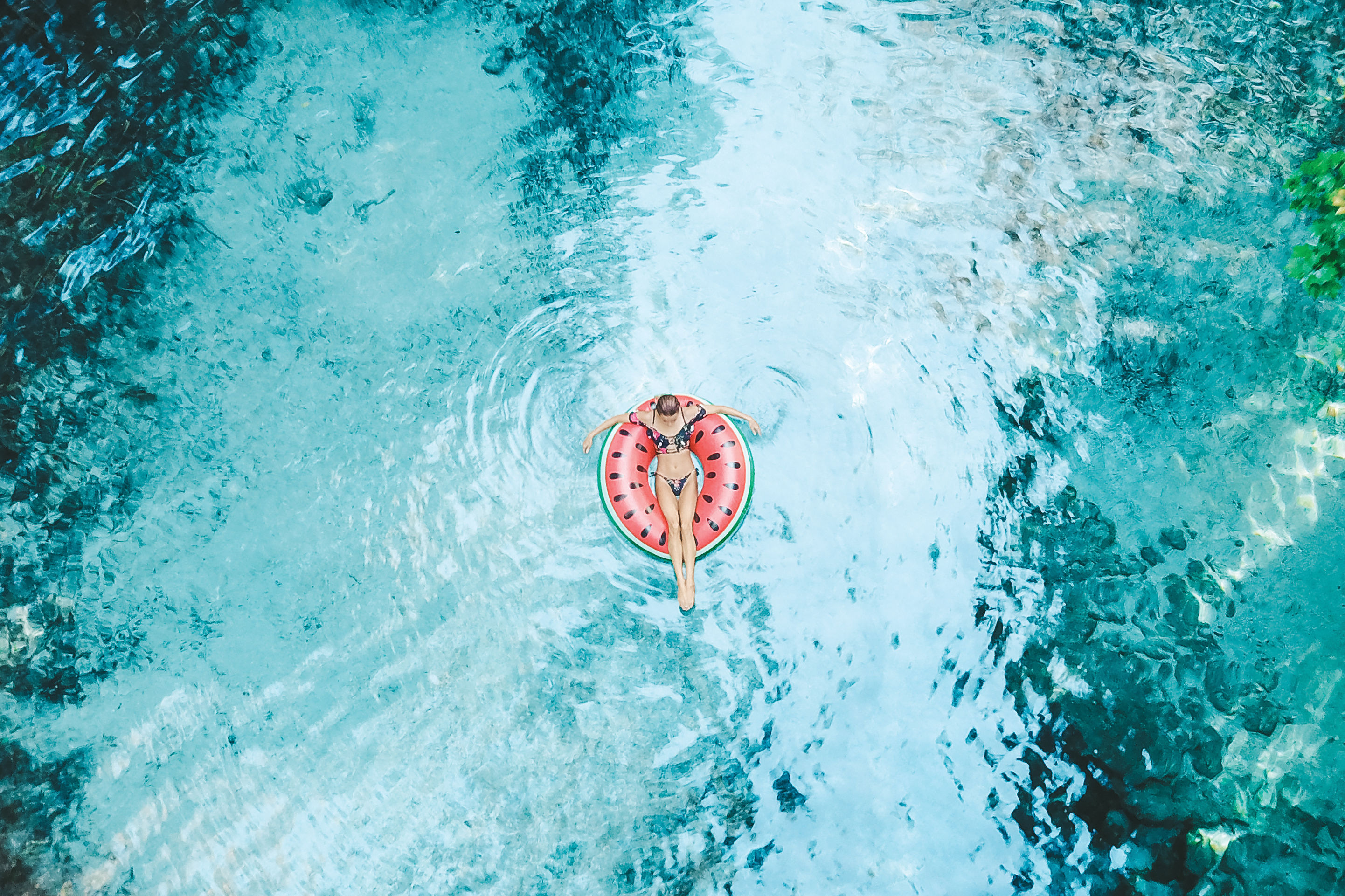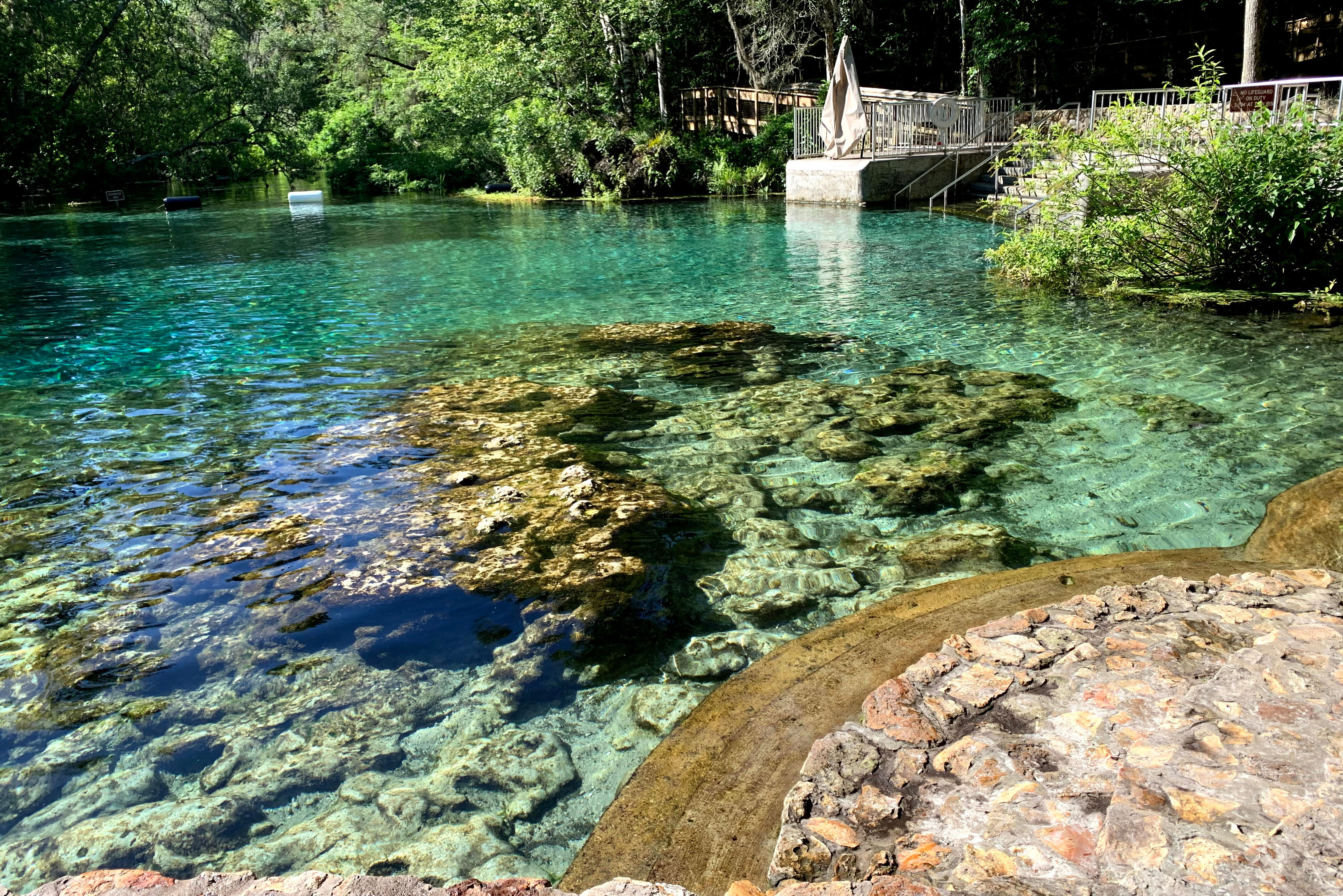How a Spring Is Born—and Endangered

Rainbow Springs
Image: Shutterstock
Florida is an old, giant bone. Fifty-five million years ago the ground was alive with coral and sea life. All that life calcified into porous rock, and the erosion of the Appalachian Mountains deposited sand and clay upon that porous rock, which made it perfect for holding fresh water from rainy days. The rain’s slight acidity slowly dissolved the limestone, creating pockets and large underground caves to form the Florida aquifer.
This immense aquifer covers 100,000 square miles, underlying the entire state of Florida, and stretching as far north as South Carolina and as far west as Mississippi, holding nearly 2 quadrillion gallons of freshwater. Florida’s ancient geology of cracks, caves and tunnels eventually fills to the brim when we get enough rain and the surplus spills onto the surface, creating our system of freshwater springs. The springs then feed the rivers, forming the backbone of some of Florida’s most important ecosystems.
Since the 1990s, because of drought and increased pumping of the aquifer for agriculture and our growing population, the volume of water in all of Florida’s springs has decreased, leading to saltwater intrusion and jeopardizing natural water flow and Florida’s ecology. Making matters worse, the water flowing into the springs is increasingly polluted with nitrogen and fertilizers, creating toxic algae blooms.
The state of Florida also has sold our spring water for pennies. Companies like Nestlé, which markets the Florida-based Zephryhills water, paid $230 for a permit in 2008 for a 10-year contract to extract 1.5 million gallons daily from the Blue Spring in Madison County in northern Florida. Zephyrhills continues to take water from multiple springs, including Ginnie Springs. The convenience store located inside Ginnie Springs sells that water in hundreds of plastic bottles on shelves.



